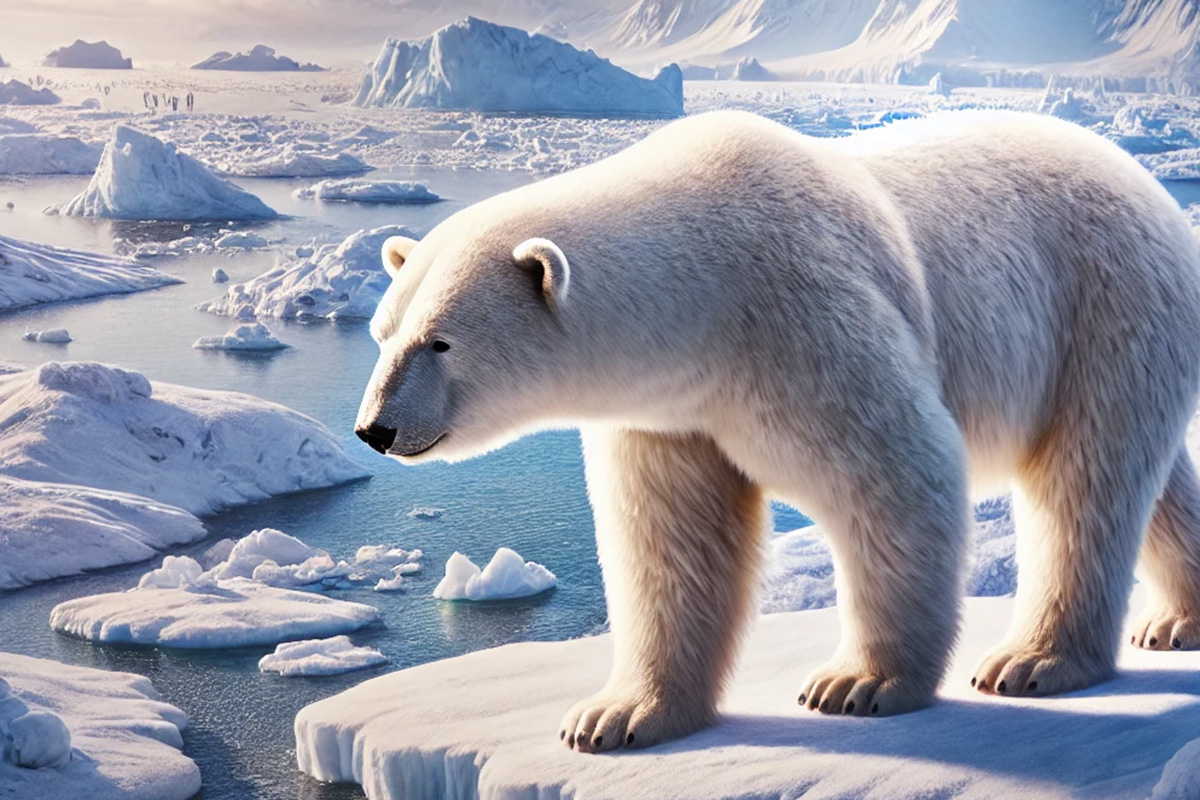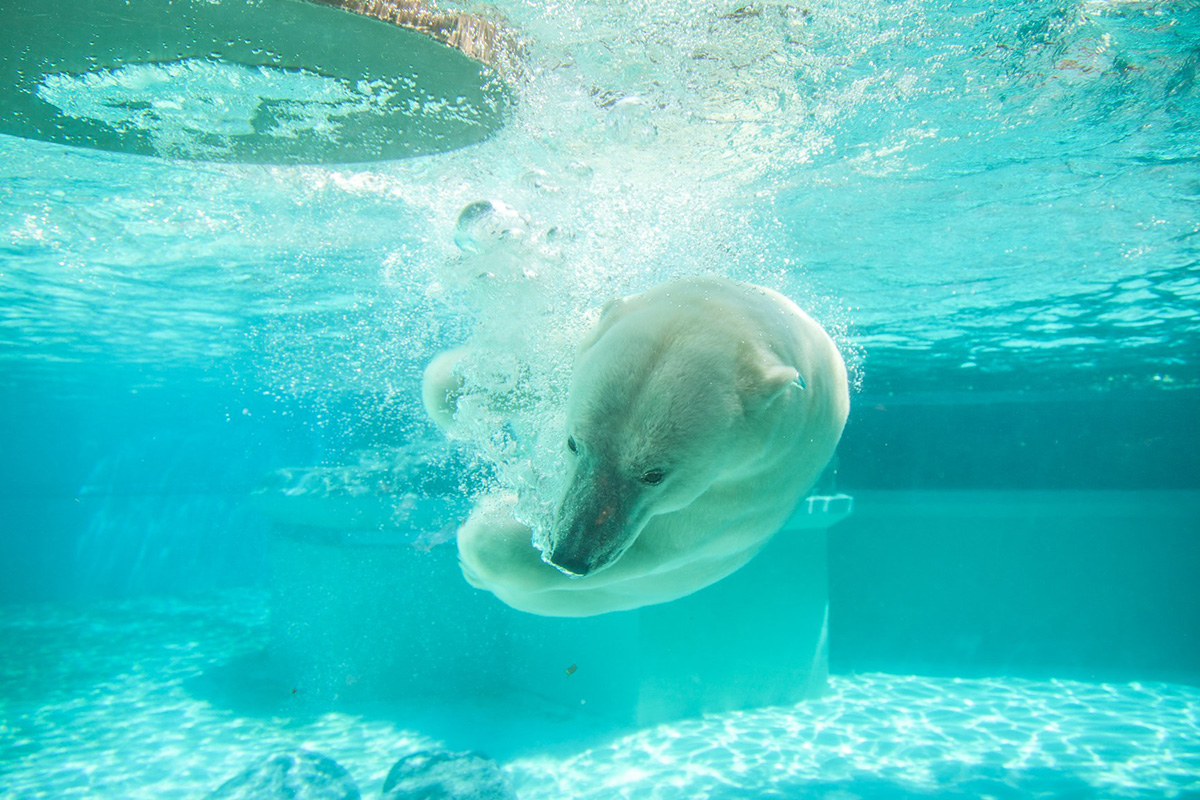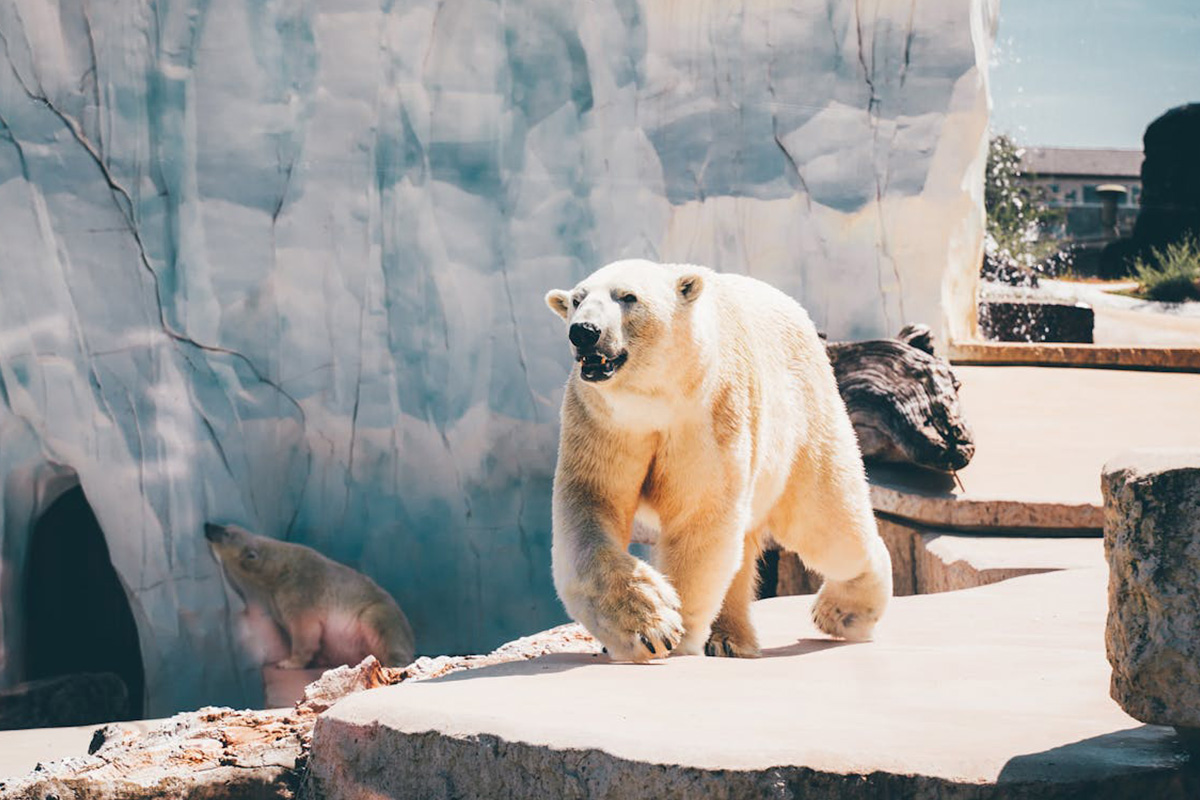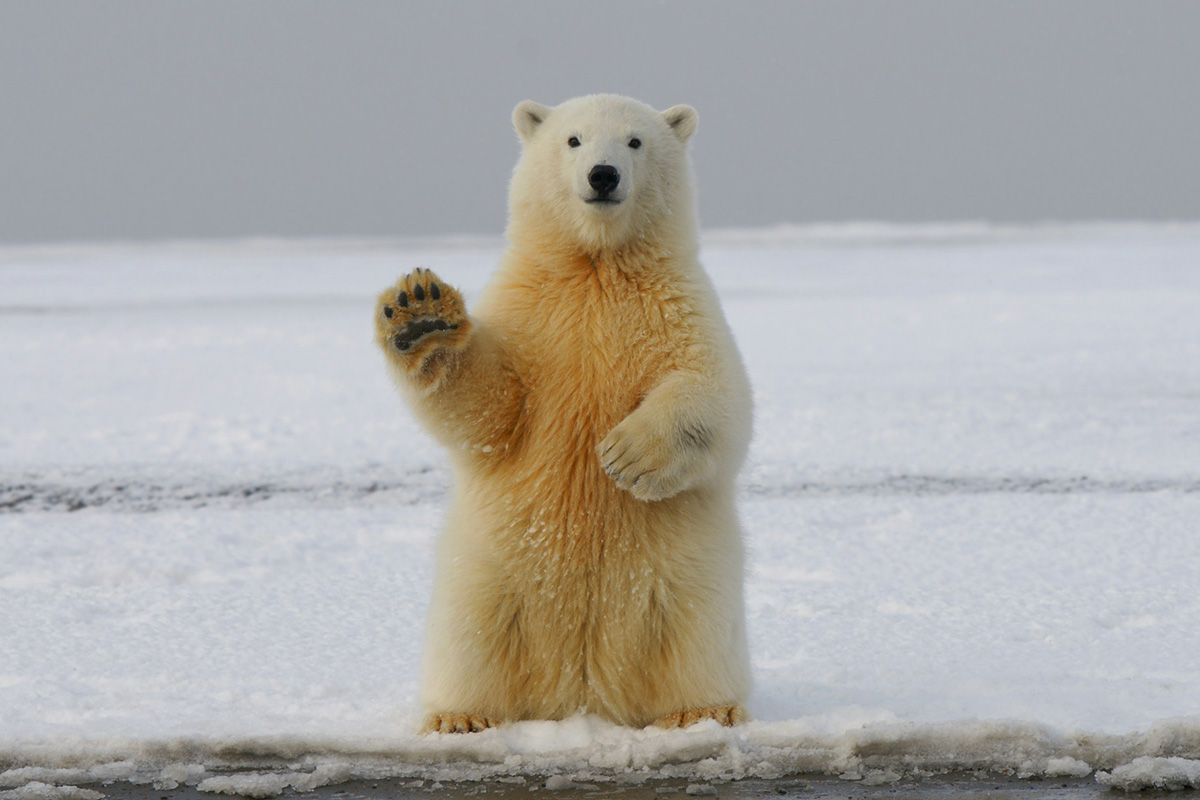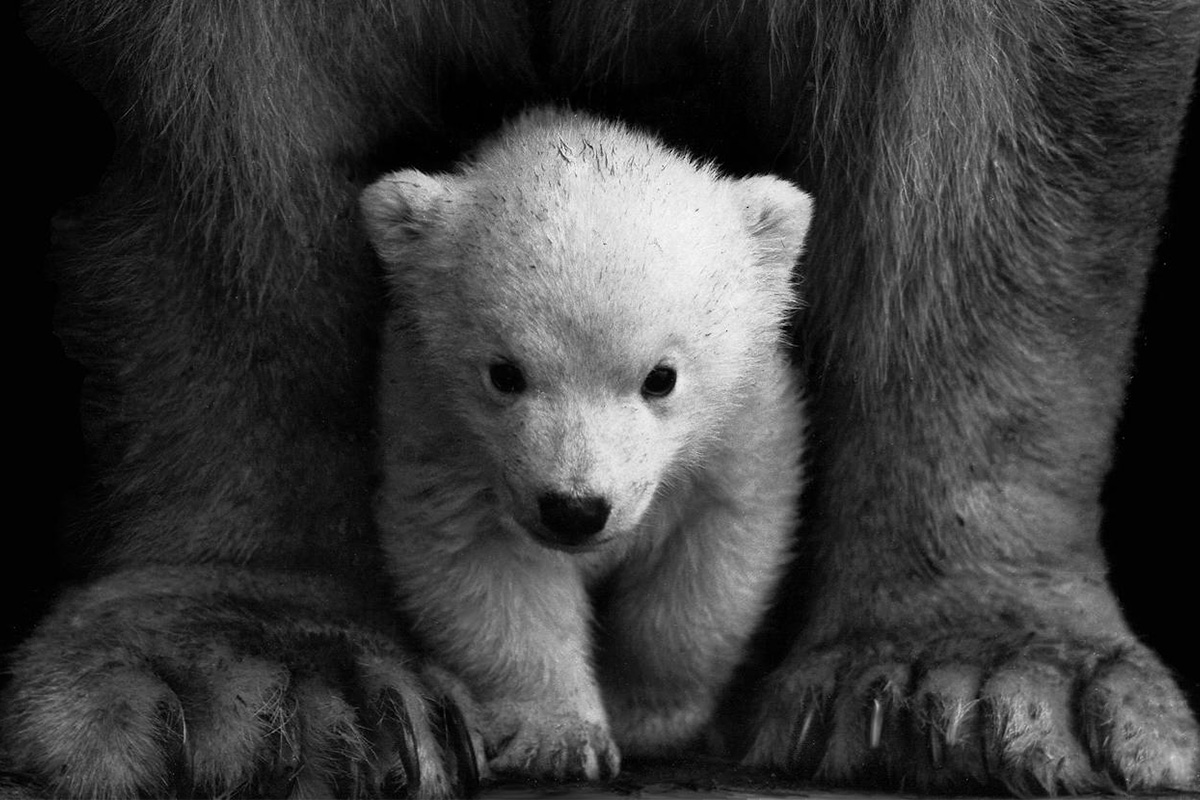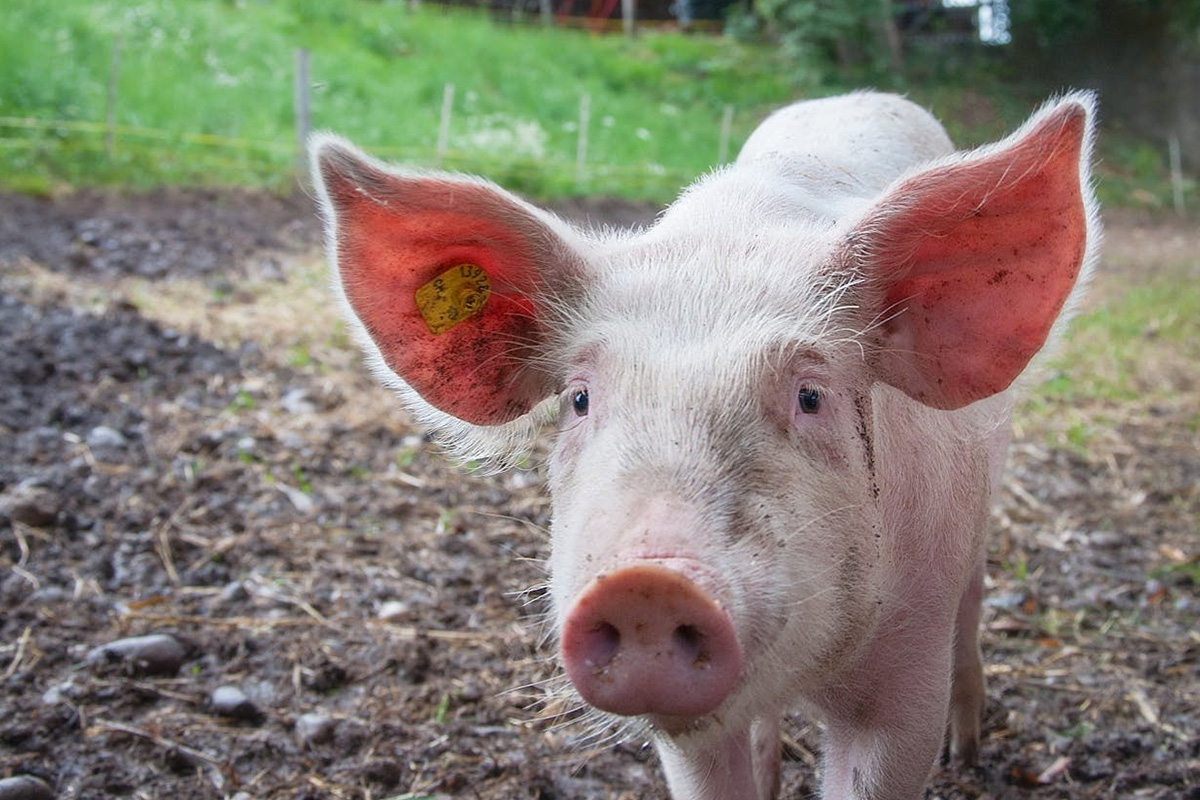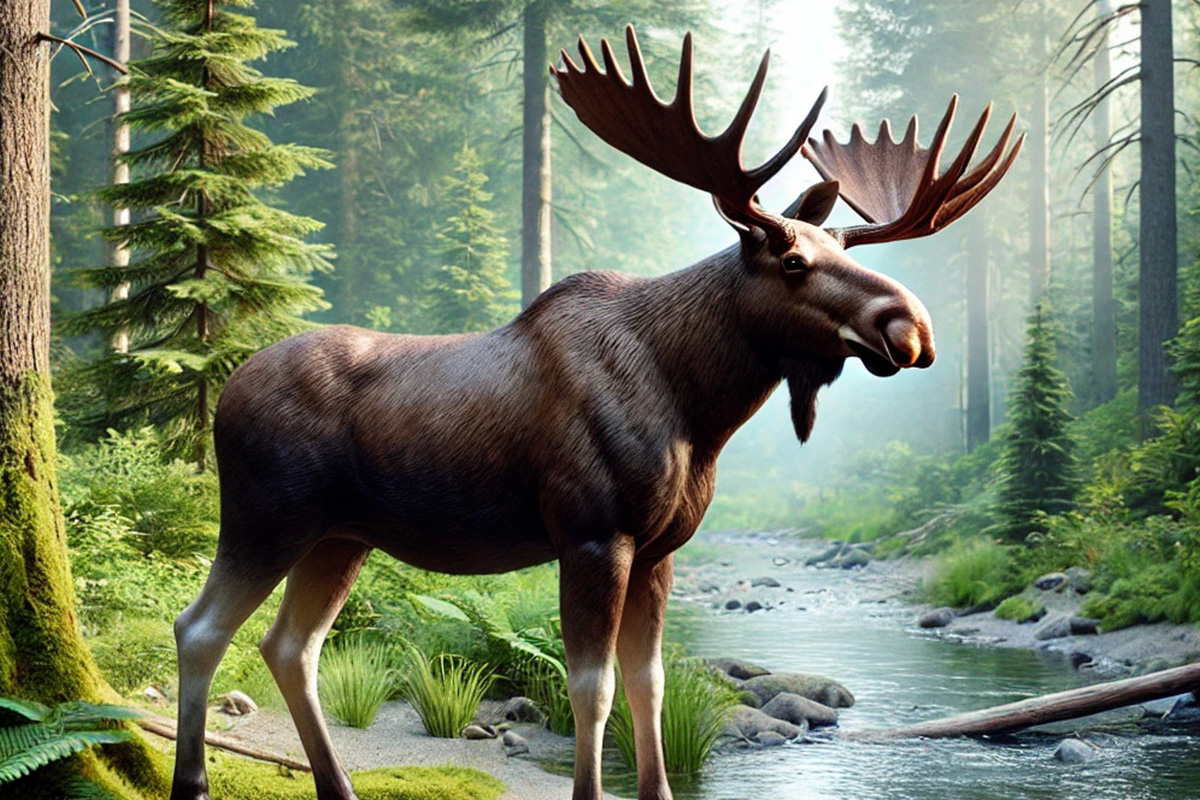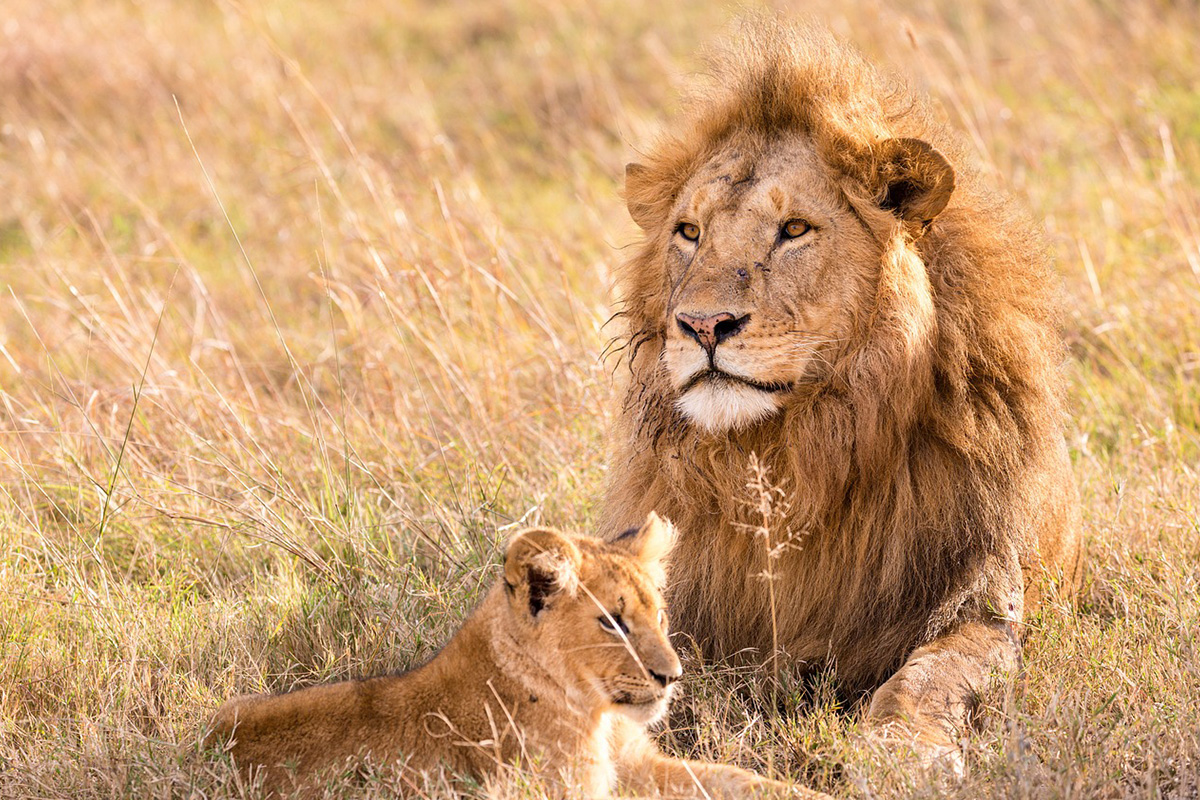About This Animal
- Big Bears: Polar bears are the largest land carnivores. Male polar bears can weigh up to 1,500 pounds!
- White Fur: Polar bears have white fur that helps them blend into their snowy and icy surroundings, but their skin underneath is actually black.
- Good Swimmers: They are excellent swimmers and can swim for long distances at a time. Some have been known to swim over 60 miles without stopping!
- Cold Homes: Polar bears live in the Arctic, near the North Pole. They are specially adapted to survive in frigid temperatures.
- Seal Diet: They primarily eat seals. Polar bears wait by holes in the ice to catch seals when they come up for air.
- Thick Fur and Fat: They have thick fur and a layer of fat called blubber that keeps them warm in the freezing Arctic weather.
- Strong Sense of Smell: Polar bears have an incredible sense of smell and can detect a seal nearly a mile away and under several feet of compacted snow.
- Paws for Snow and Swimming: Their large, powerful paws are great for swimming and walking on ice. The paws are covered with fur to keep them warm and provide traction on the ice.
- Cub Care: Mother polar bears give birth to cubs in dens made of snow. The cubs stay with their mother for about two and a half years, learning how to hunt and survive.
- Solitary Animals: Polar bears are generally solitary and prefer to live alone, except during mating season or when a mother raises her cubs.
These fascinating creatures are important to their Arctic ecosystem and symbolize climate change's effects on wildlife.


